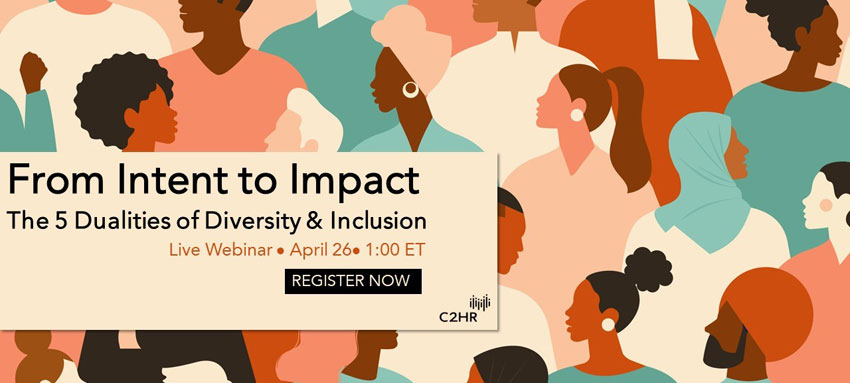
C2HR Surveys Reveal Pay Equity as
Most Pressing Compensation Issue
Content and connectivity companies in C2HR’s 2022 Compensation Surveys reported that diversity, equity and inclusion (DEI) is their most pressing issue. The surveys reveal that 84 percent of content developers and 78 percent of connectivity companies cited DEI as their top concern. Influences – both regulatory and social – are driving this issue to the forefront. While C2HR recognizes that DEI encompasses more than pay equity, new pay transparency laws make it easier to spot inequities when they occur. As a result, it is more important than ever to communicate your DEI strategy as it relates to compensation.
“Regulators, both at the state and national level, are enacting policies that support equity and fairness. Clients and employees also care deeply about equity and fairness and are prioritizing the issue,” said Hali Croner, president and chief executive officer of The Croner Company, the research and compensation consulting firm that conducted the compensation surveys for C2HR.
“Ensuring effective and lasting equitable pay programs means changing how pay decisions are structured and communicated,” Croner said. As a result, compensation teams are now tasked with articulating criteria used for pay increases and comprehensive definitions for levels in pay structures, or as Croner described: “Compensation teams now need to add words around the numbers and focus even more on manager training.”
There’s a good chance that your company is already addressing pay equity. However, you might need to document those processes and make them transparent to employees and others.
For example, many C2HR members have robust pay equity practices. Some of these procedures include:
- Internalizing pay equity reviews as part of daily compensation culture
- Conducting parity compensation review for every new hire, new position, promotion and lateral transfer
- Performing in-depth annual pay equity compensation review using C2HR data and assessing by race, gender, age, years on job, and geographic location
- Hiring third-party vendor to perform independent pay equity assessment
- Correcting inequities as soon as you discover them.
As demand for top performers intensifies, competing for and retaining talent without creating inequity requires a strategic approach. For example, some C2HR companies now offer sign-on bonuses to entice workers. This approach allows companies to offer financial incentives to help offset any market pay gap, rather than create internal compensation inequity or face the expense of adjusting current staff to higher market rates. Non-compensation factors to attract and retain talent, such as identifiable career path, internal mobility, employee training, permanent remote work, and mentoring can also be used without creating internal inequities.
If pay equity is not currently an important part of your company’s culture, it is essential to begin now. “Regulatory and social pressures related to diversity, equity and inclusion will continue to build,” said Parthavi Das, C2HR’s executive director. “Without a comprehensive pay equity strategy, it will be difficult to attract and retain the best people.”
